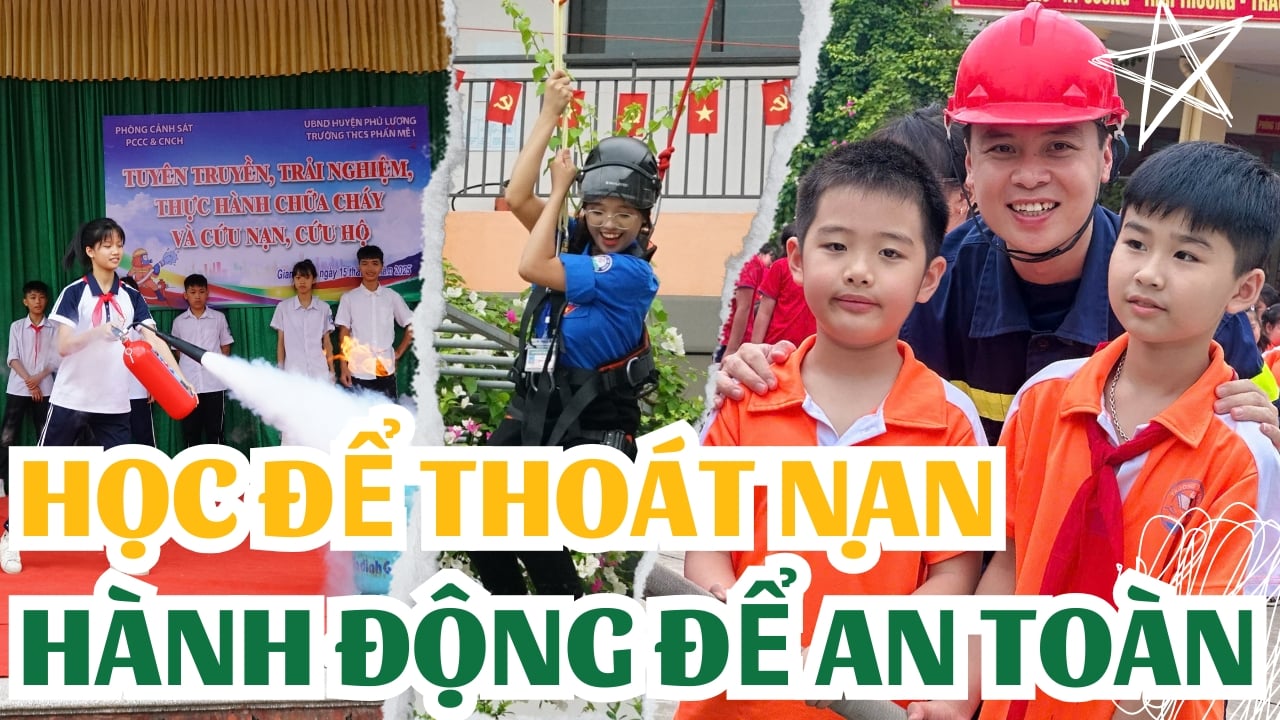 |
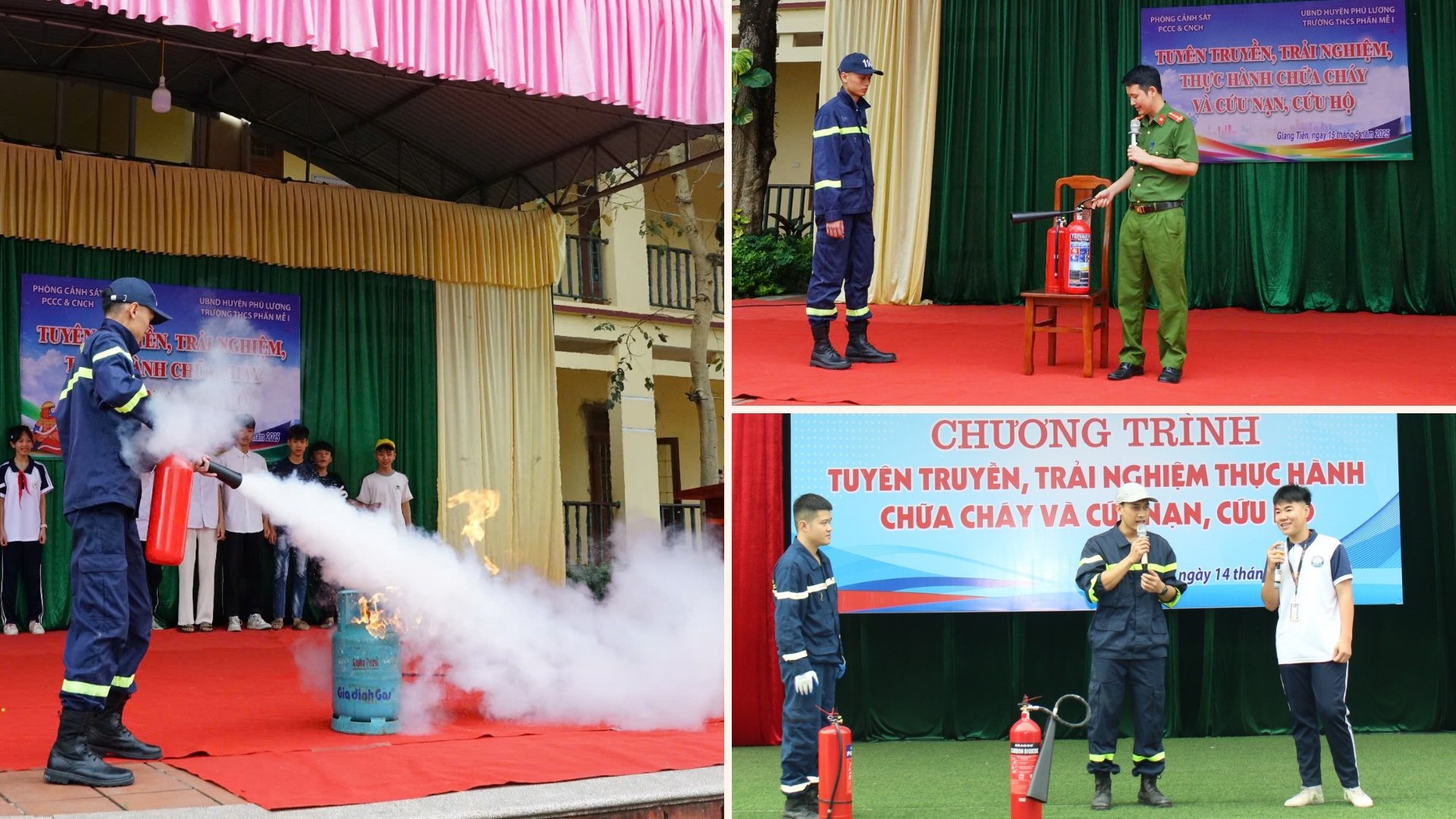 |
In the propaganda campaign on fire prevention, fire fighting and rescue (PCCC&CNCH) spread across many schools in the province, thousands of students have been exposed to practical knowledge to protect themselves in emergency situations. This is also the journey to bring safety knowledge to children and adolescents, who are vulnerable when fire and explosion accidents occur.
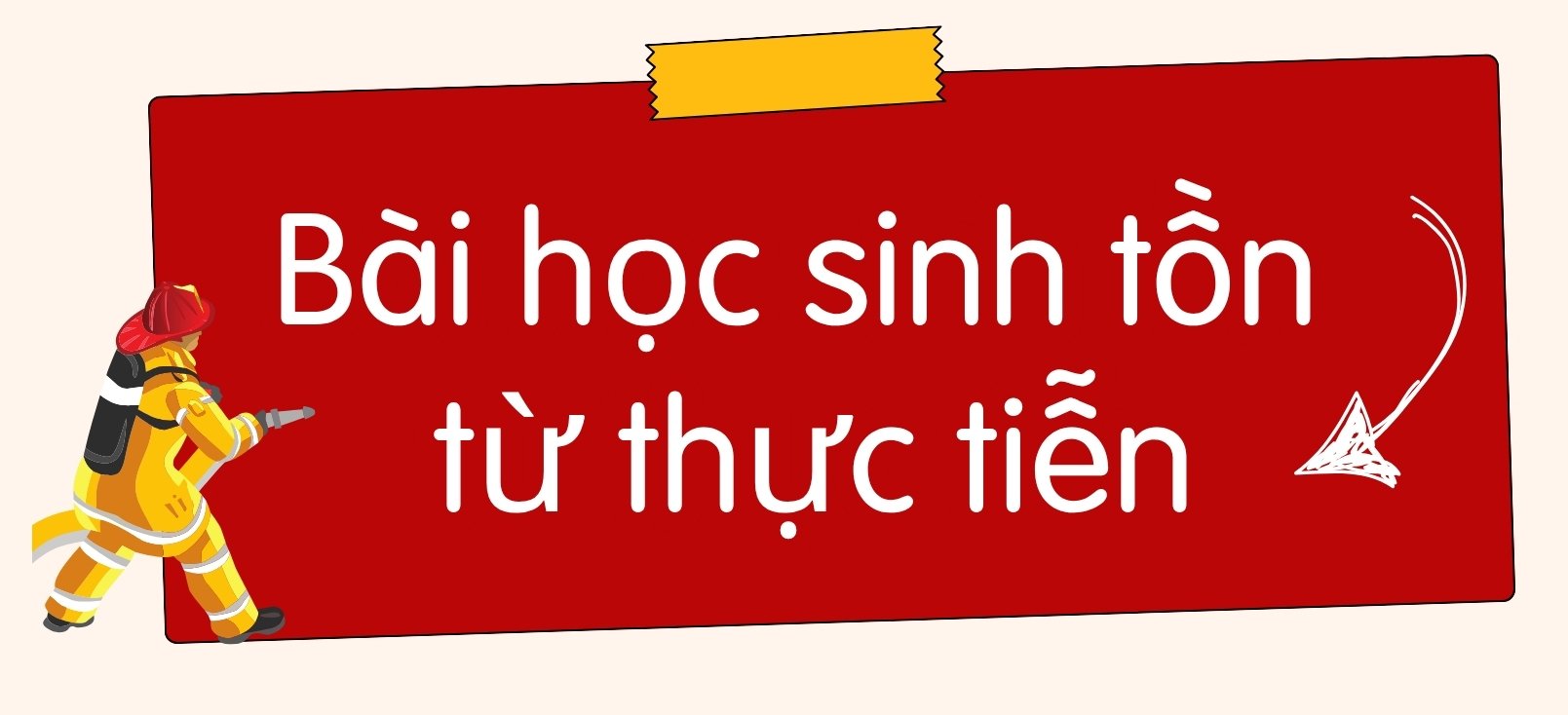 |
According to the program's script, students are taught knowledge about fire prevention and rescue, drowning prevention; and practice skills such as using fire extinguishers, escaping by ladder, swinging on ropes or jumping from high floors onto air mattresses.
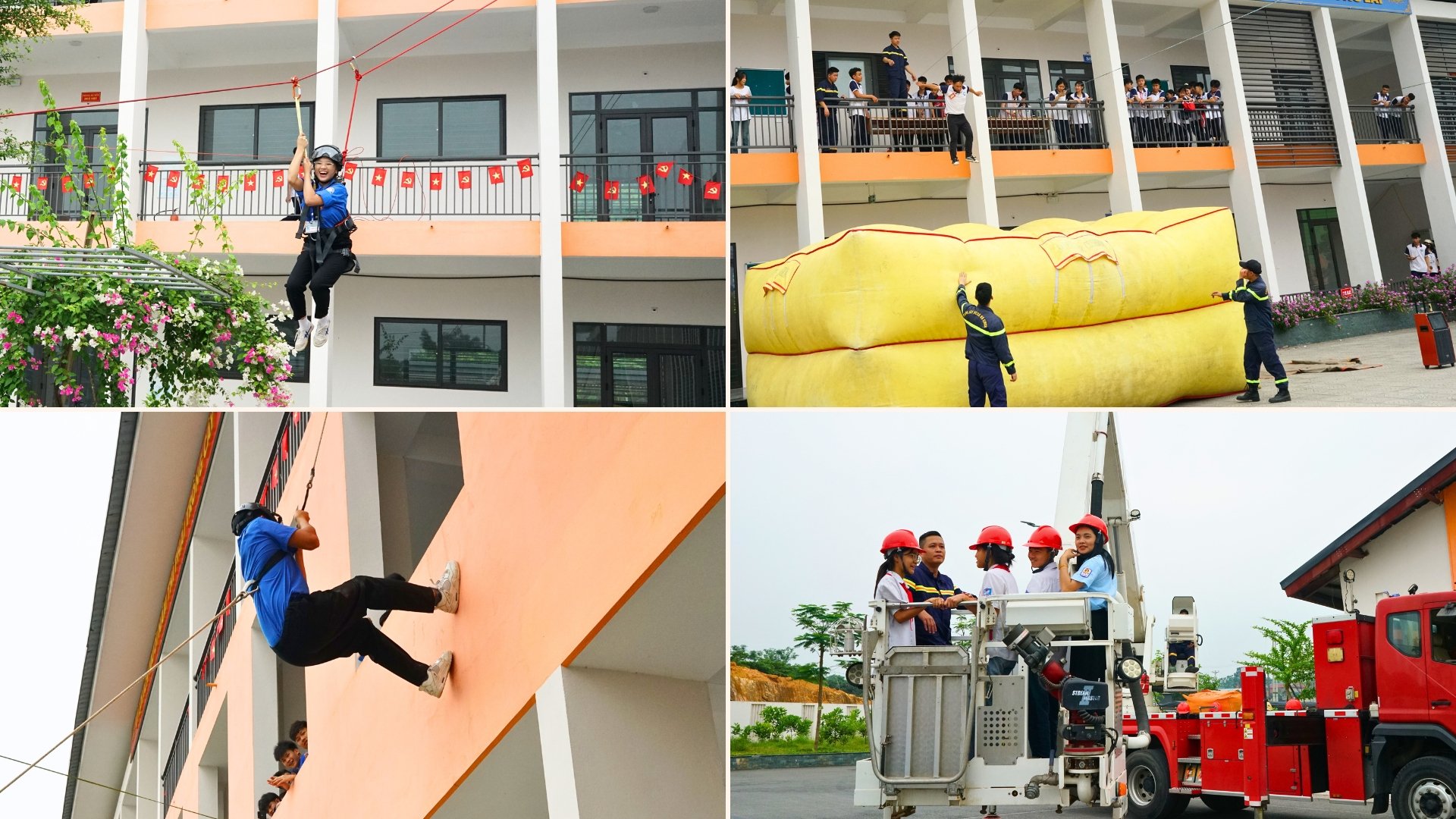 |
At Tuc Tranh High School, although the program only took place in one morning, it attracted more than 500 students to gather in the school yard with excitement. Before the practical part, the students were informed about common fire and explosion situations in school and family life - from charging phones overnight, cooking with gas stoves to handling situations where someone was electrocuted.
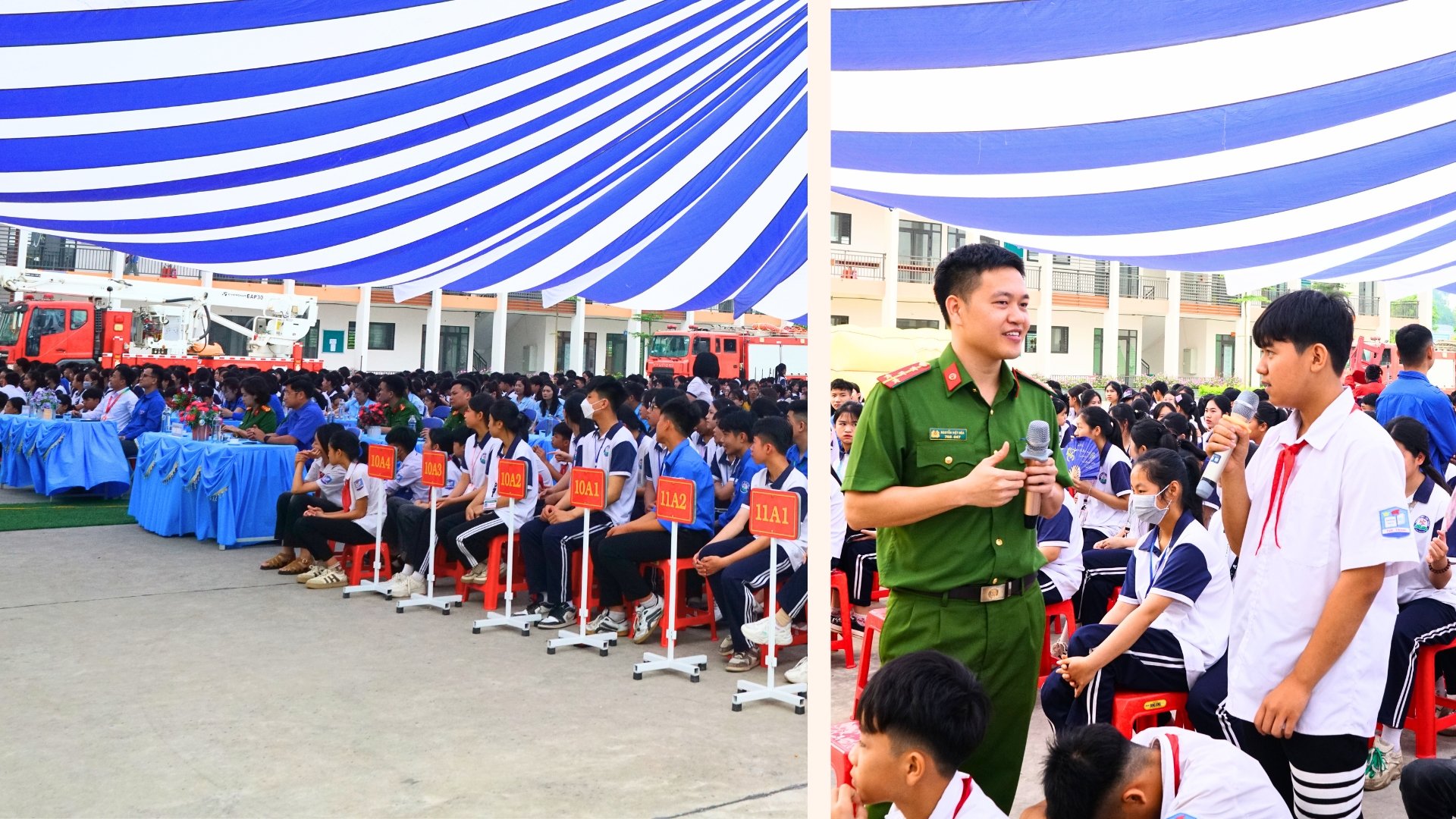 |
The atmosphere was not stiff at all - many children excitedly raised their hands to answer the police officers' questions such as: "When you see a gas leak, what should you do first?"; "If your clothes catch fire, what will you do?"; "Why shouldn't you open the window when there is smoke in the room?"; "What should you do if you discover your friend is drowning?"...
The questions seemed simple but they opened up thinking and trained practical reflexes. Many students also boldly shared their real-life experiences at home, contributing to making the propaganda session lively and practical.
 |
Some realistic hypothetical situations were also presented such as: fire breaking out in the laboratory, smoke spreading quickly throughout the hallway or fire coming from the school canteen... Students were given detailed instructions on each escape step such as: informing their classmates about the fire; bending low, covering themselves with a wet towel and following the emergency exit to get out; helping victims...
After that, students from grades 10, 11, and 12 were divided into groups and took turns experiencing escape by ladder, rope swinging and ladder climbing from high floors, and escaping by jumping onto air mattresses...
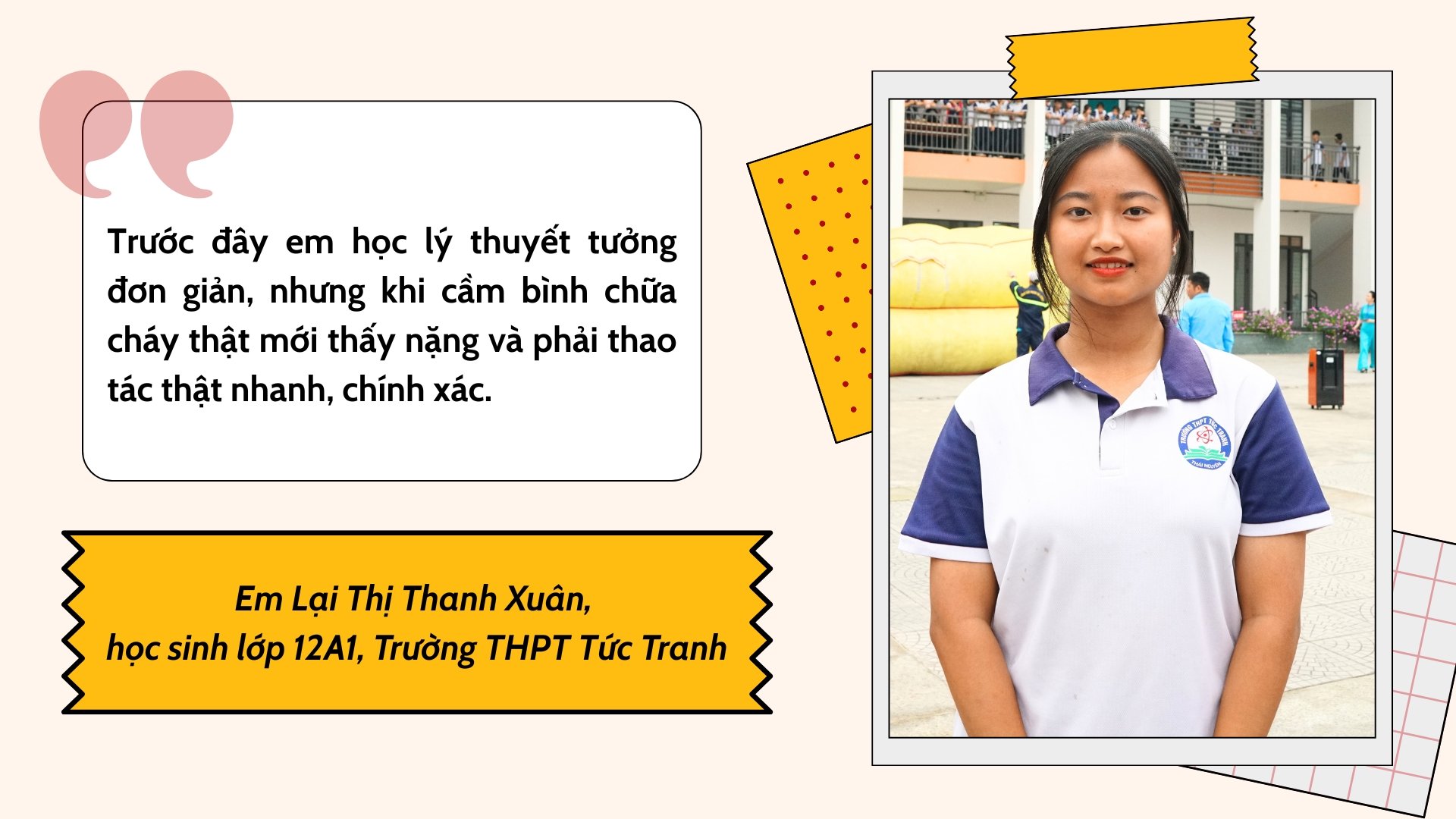 |
The children also approached a simulated "fire" and practiced extinguishing it with foam and CO₂ gas cylinders. All activities were carried out under the careful guidance and supervision of the Fire Prevention and Rescue Police officers and soldiers.
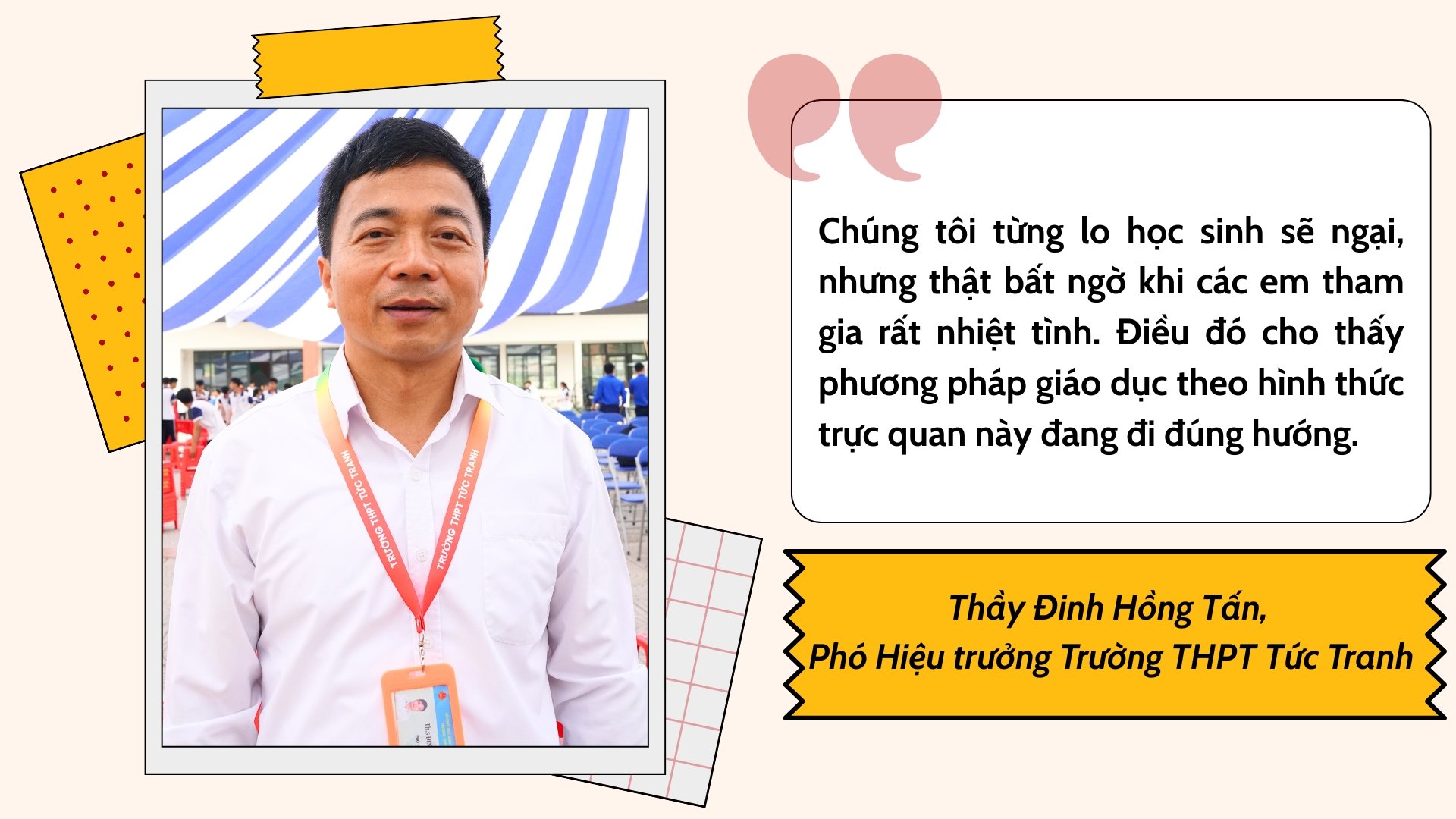 |
The lively atmosphere continued to spread at Phu Binh High School. Under the hot afternoon sun, students were divided into groups to experience simulated situations: crossing artificial smoke, swinging from balconies, using lifts. Many groups also practiced first aid for smoke inhalation and bandaging wounds.
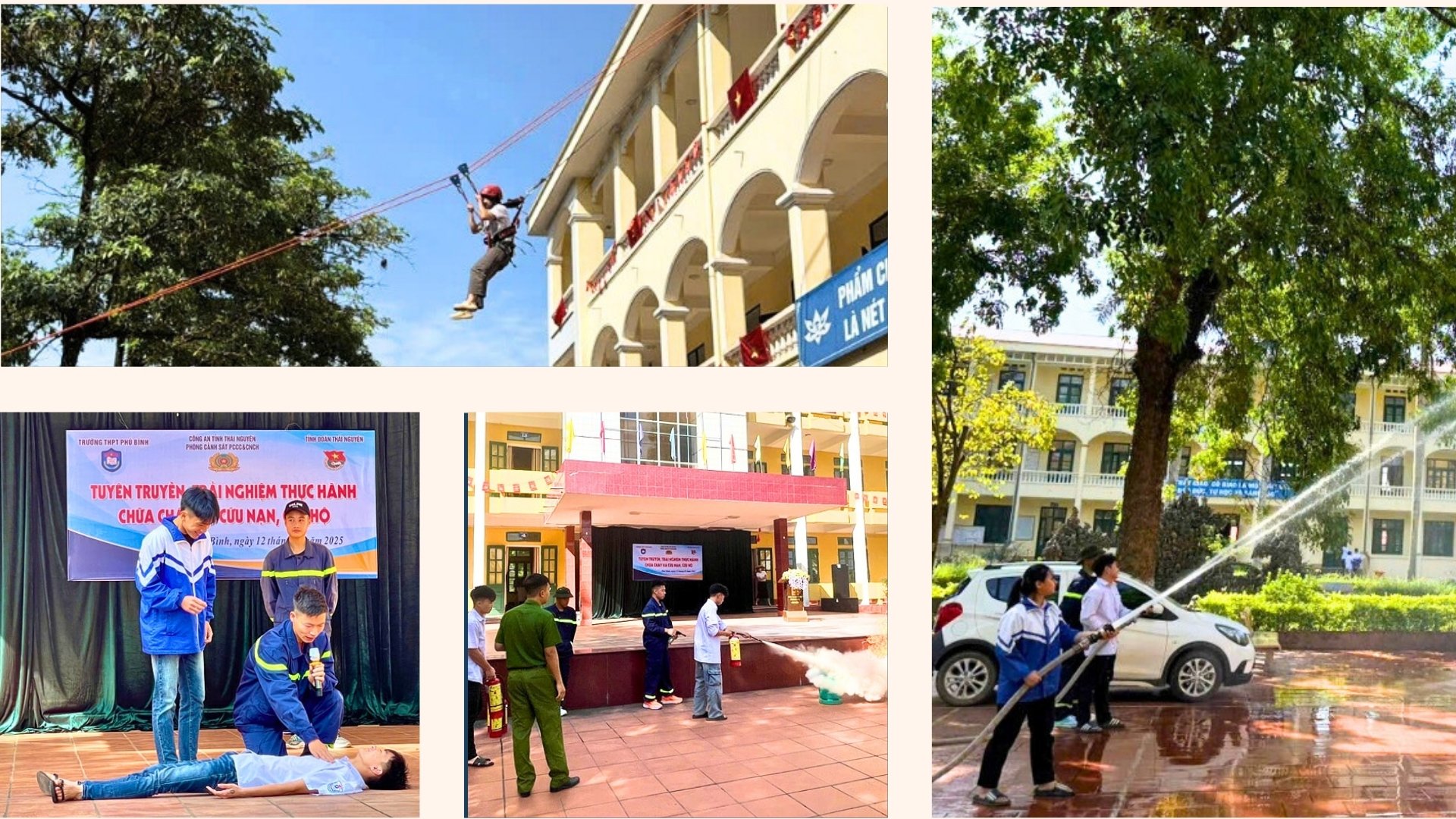 |
At Phan Me 1 Secondary School – where the majority of students are from rural areas with limited access to information – propaganda activities become even more necessary.
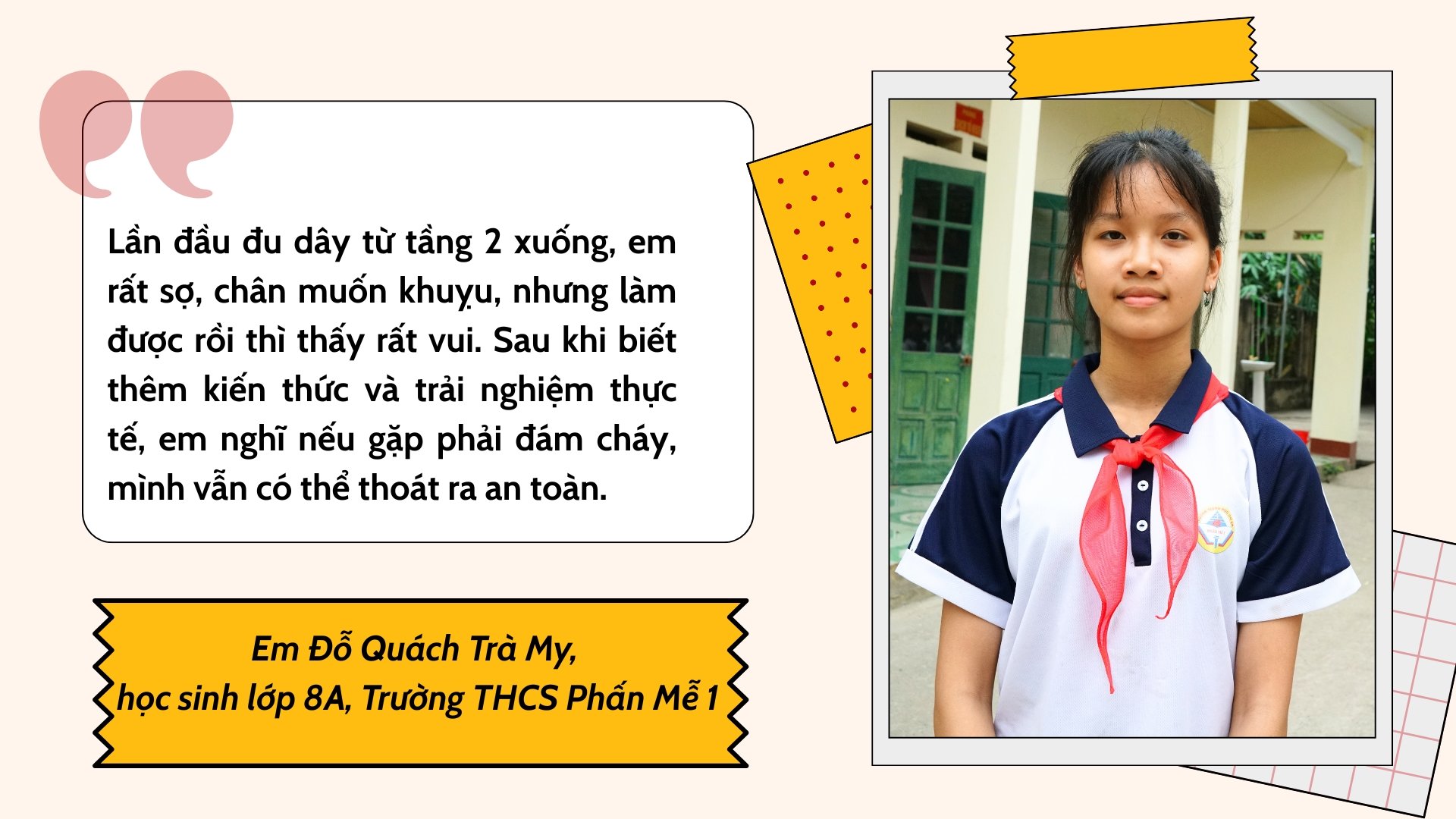 |
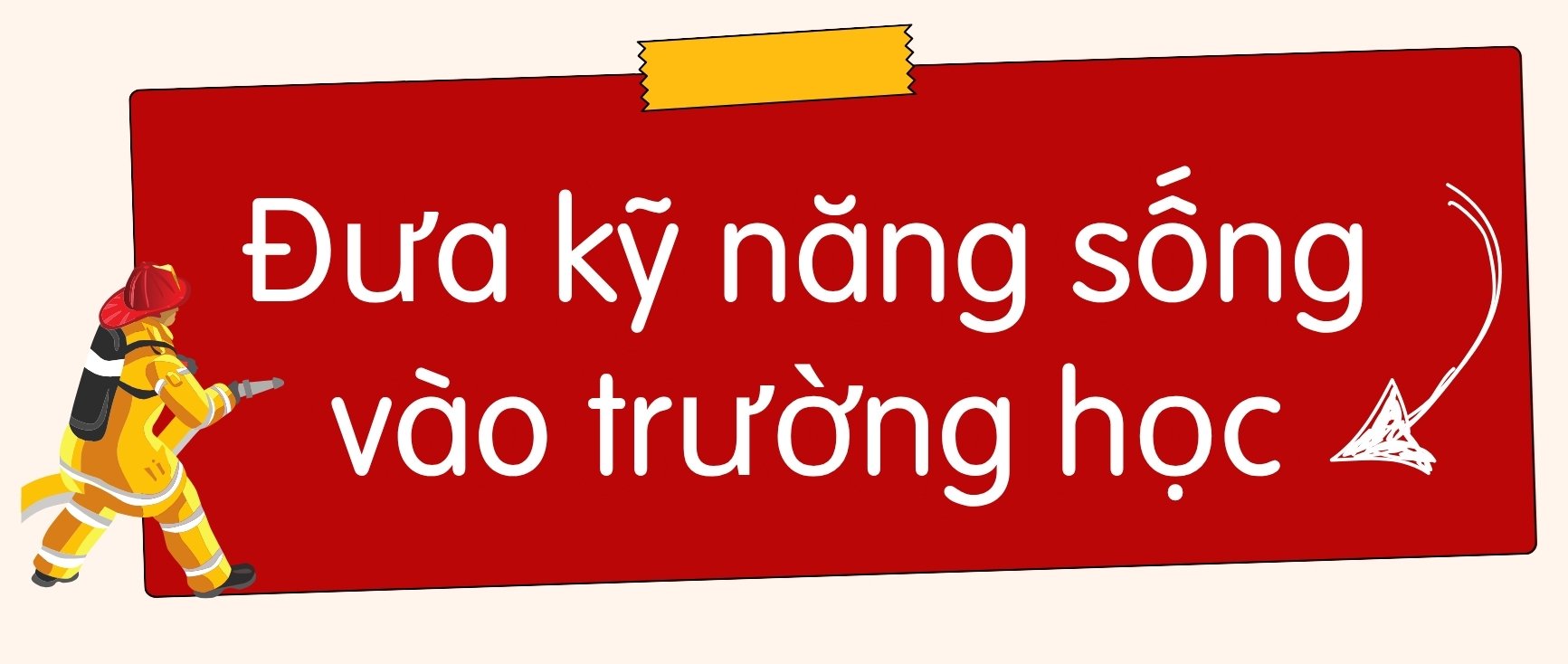 |
As someone who closely follows many propaganda programs, Captain Phi Van Chung, an officer of the Fire Prevention and Rescue Police Department (Provincial Police), said that previously, programs that were only disseminated orally or through documents were often not very attractive to students. Only when practical models of situations were introduced did students truly take the initiative to receive knowledge.
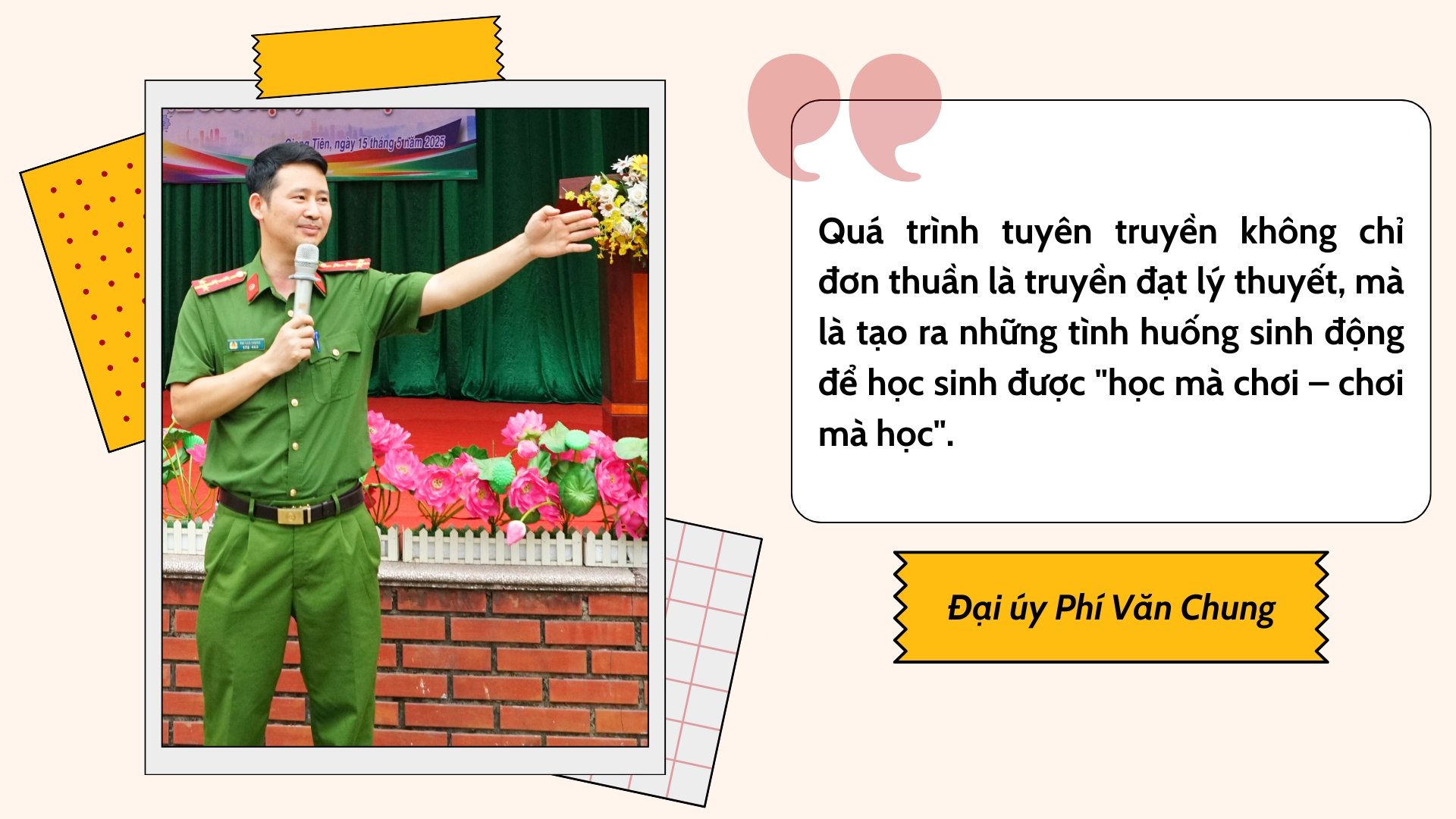 |
Letting children experience specialized equipment such as rope ladders, air mattresses, and fire extinguishers also helps eliminate fear, thereby increasing their ability to react in practice.
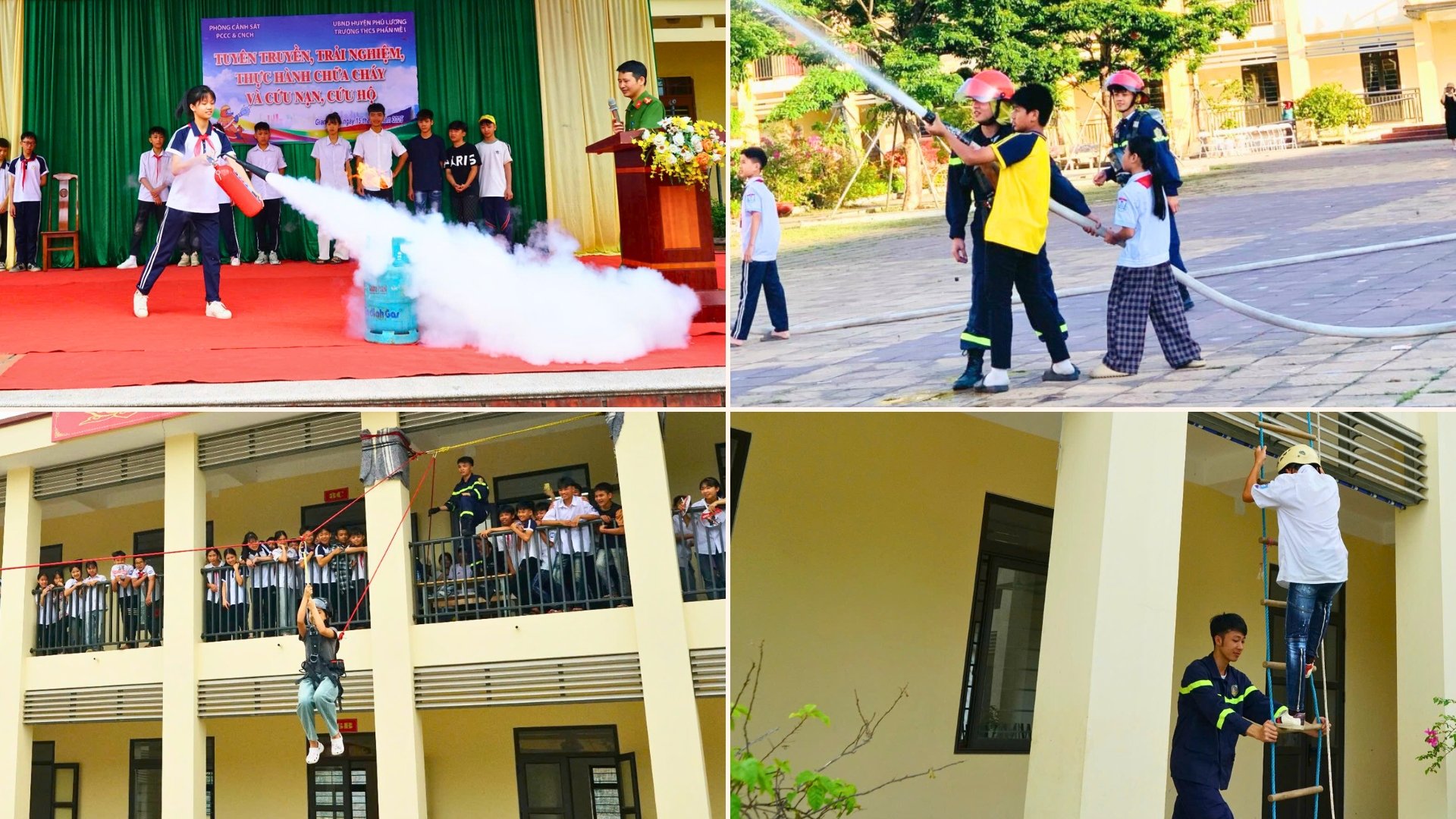 |
According to the Fire Prevention and Rescue Police Department, a new point in the propaganda program in recent years is to expand practical activities to rural and mountainous areas, not just limited to urban areas. Although these places have low population density, there is always a potential risk of fire and explosion in residential areas mixed with production facilities. Therefore, improving escape skills for students and children is becoming more urgent.
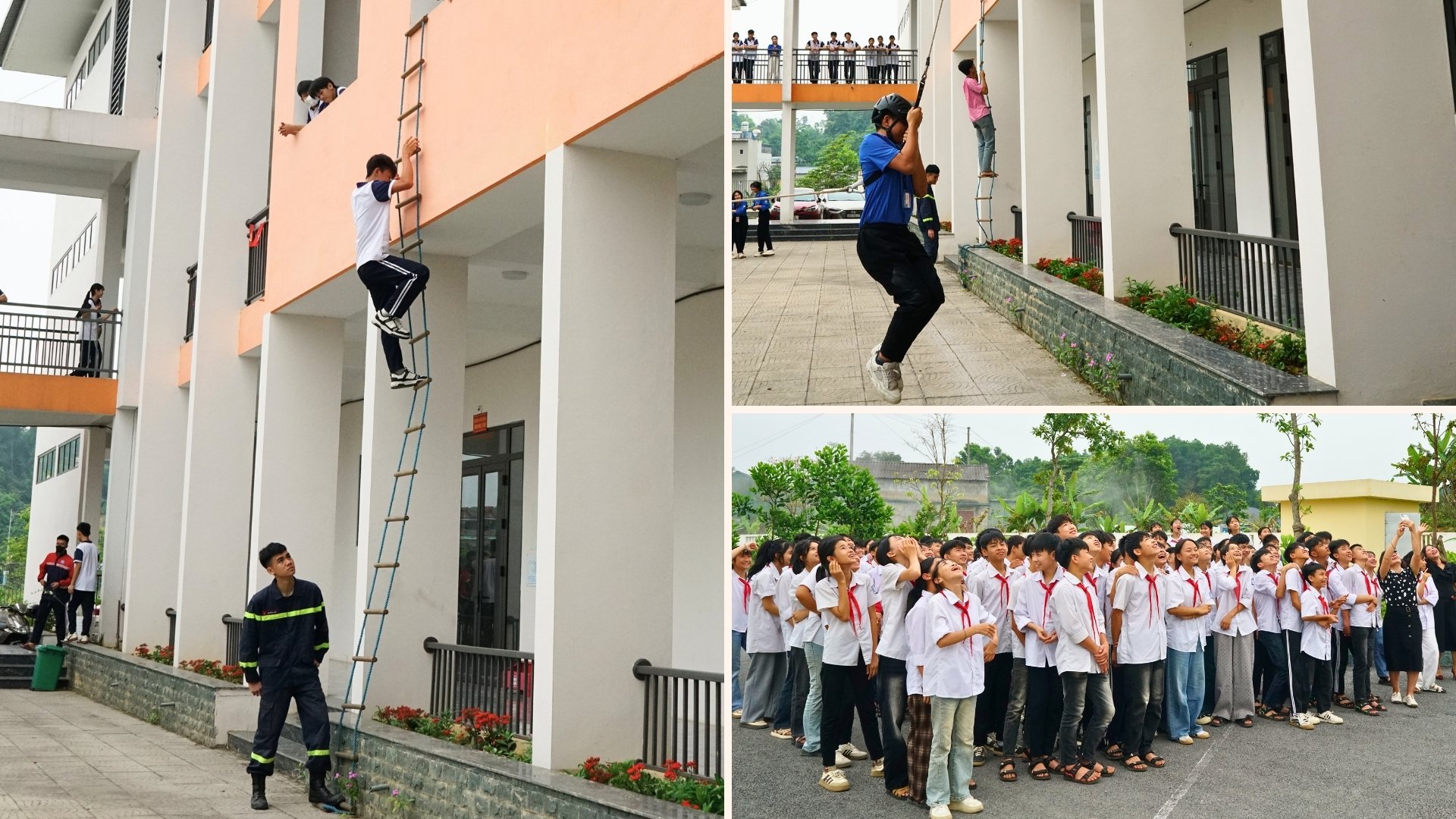 |
In addition to propaganda, the Fire Prevention and Rescue Police Department also coordinates with schools to develop evacuation manuals and strengthen fire prevention systems in schools. Some schools also propose to include fire prevention and fighting skills in regular physical education lessons. This is an effort to make this content part of a long-term educational program, instead of just organizing a single event.
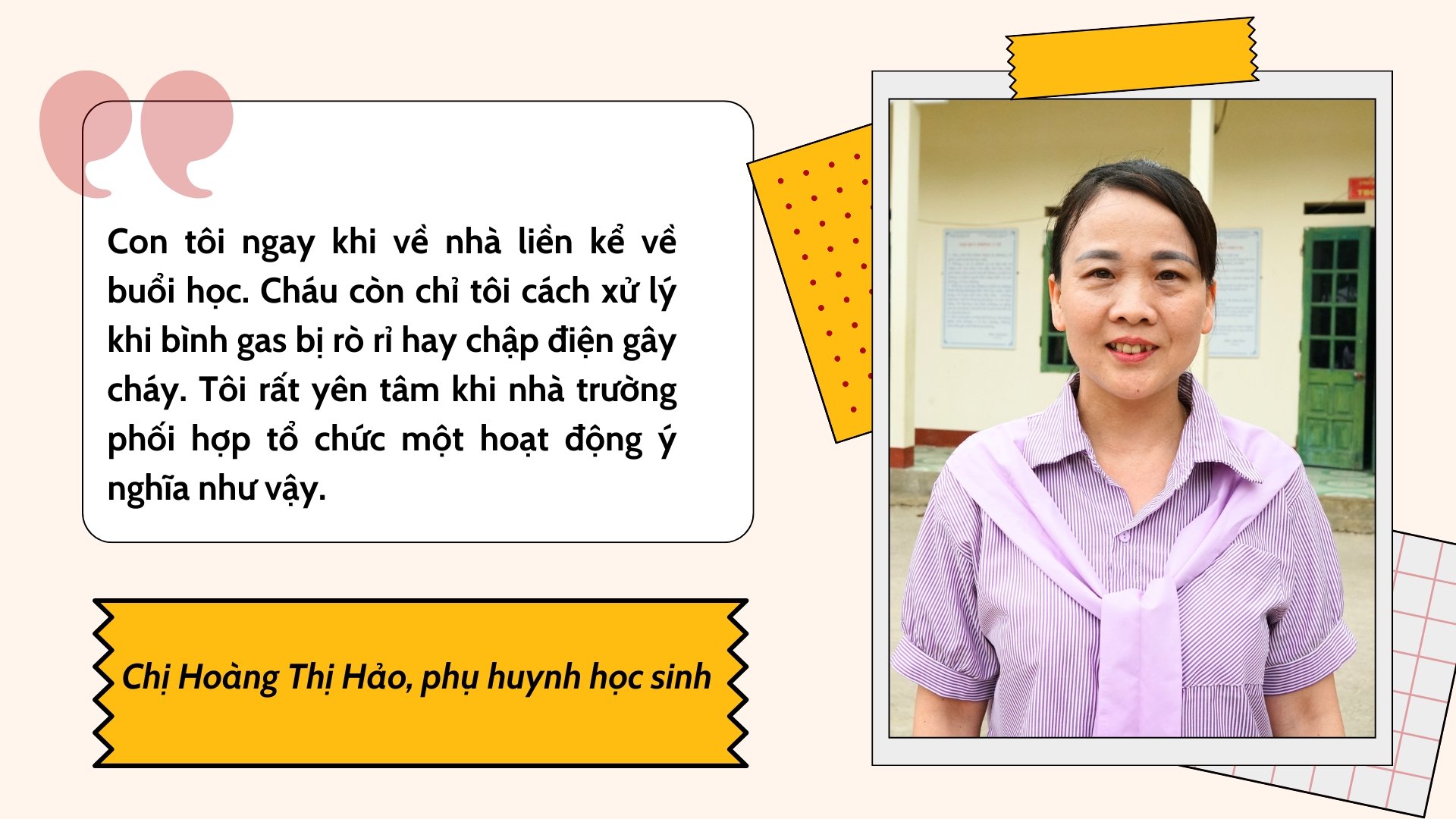 |
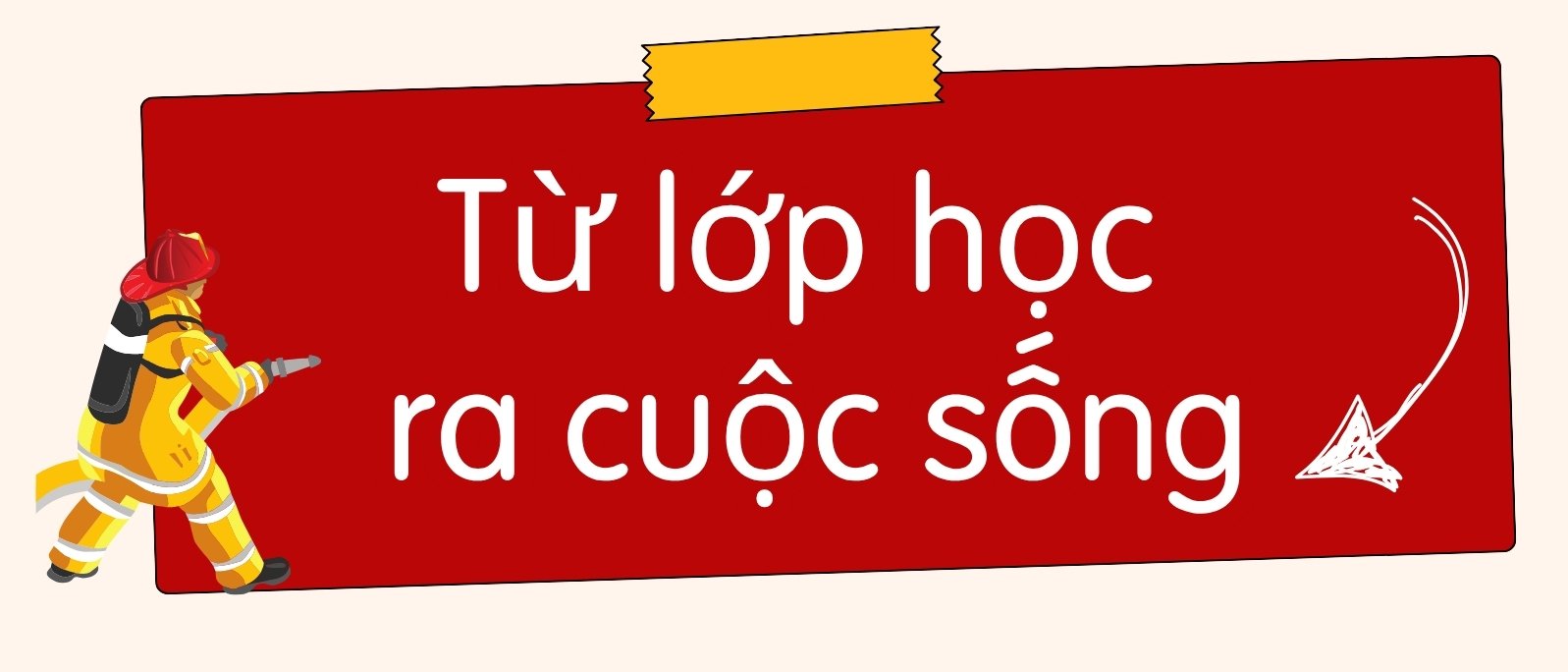 |
Not only does it help students respond better when an incident occurs, the propaganda activities also help teachers and school staff become more aware of fire prevention. Many teachers and school staff expressed that they used to think that only firefighters needed to learn about fire fighting and rescue. However, after being propagated and practiced, they understood that everyone needs skills to respond to disasters that can happen at any time.
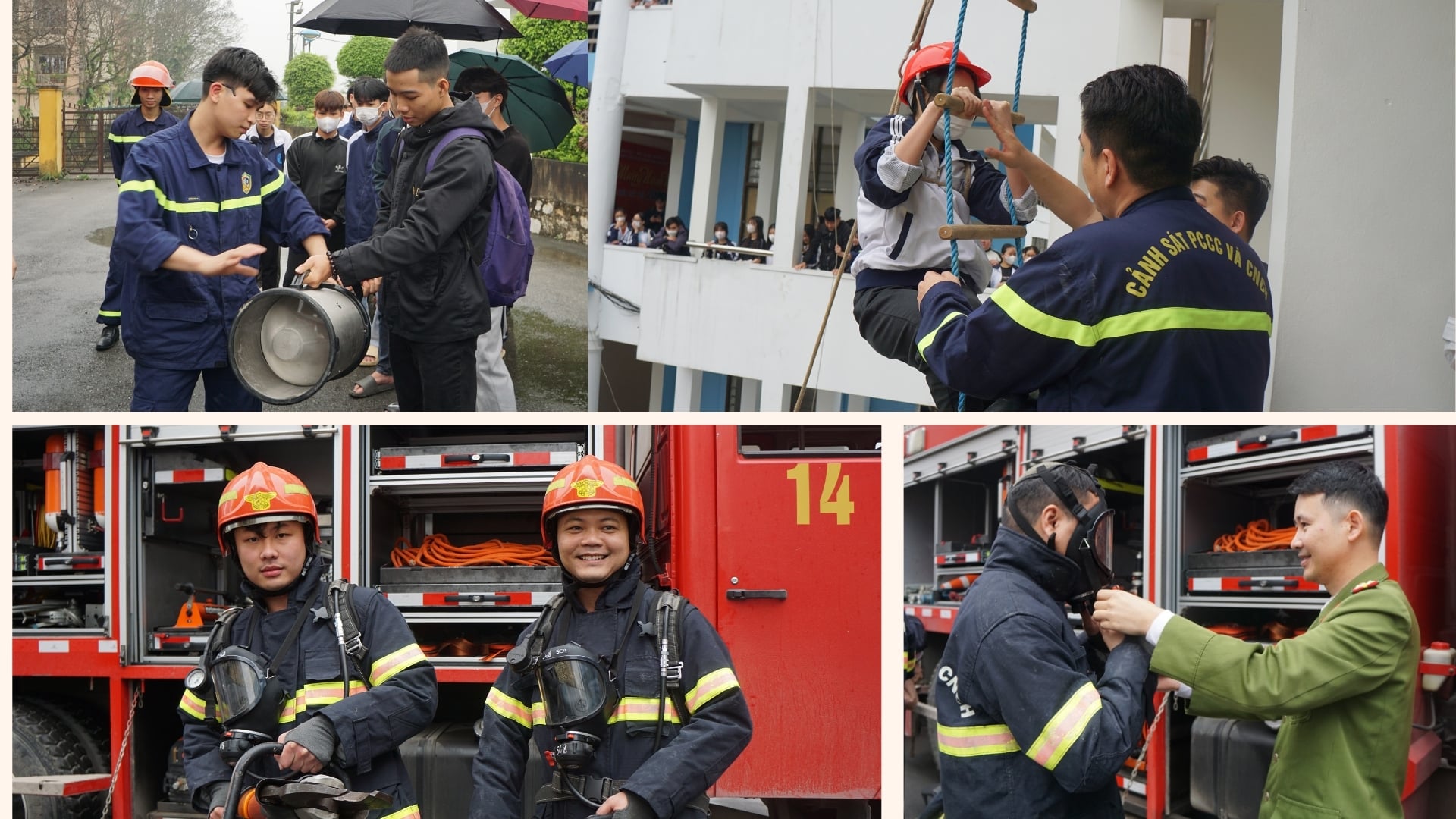 |
Many teachers believe that fire prevention and fighting skills can be integrated into outdoor lessons, teaching students how to handle hypothetical situations such as a fire on the stage during a school festival or an electrical short circuit in the gym, but "we should not wait until things happen and then teach them how to react."
 |
Representatives of the Department of Education and Training also highly appreciated the coordination model between the Provincial Police and schools. According to the plan, in the 2025-2026 school year, the whole province will organize at least 50 propaganda sessions with fire prevention and fighting and rescue practices in schools, with special priority given to rural and mountainous areas.
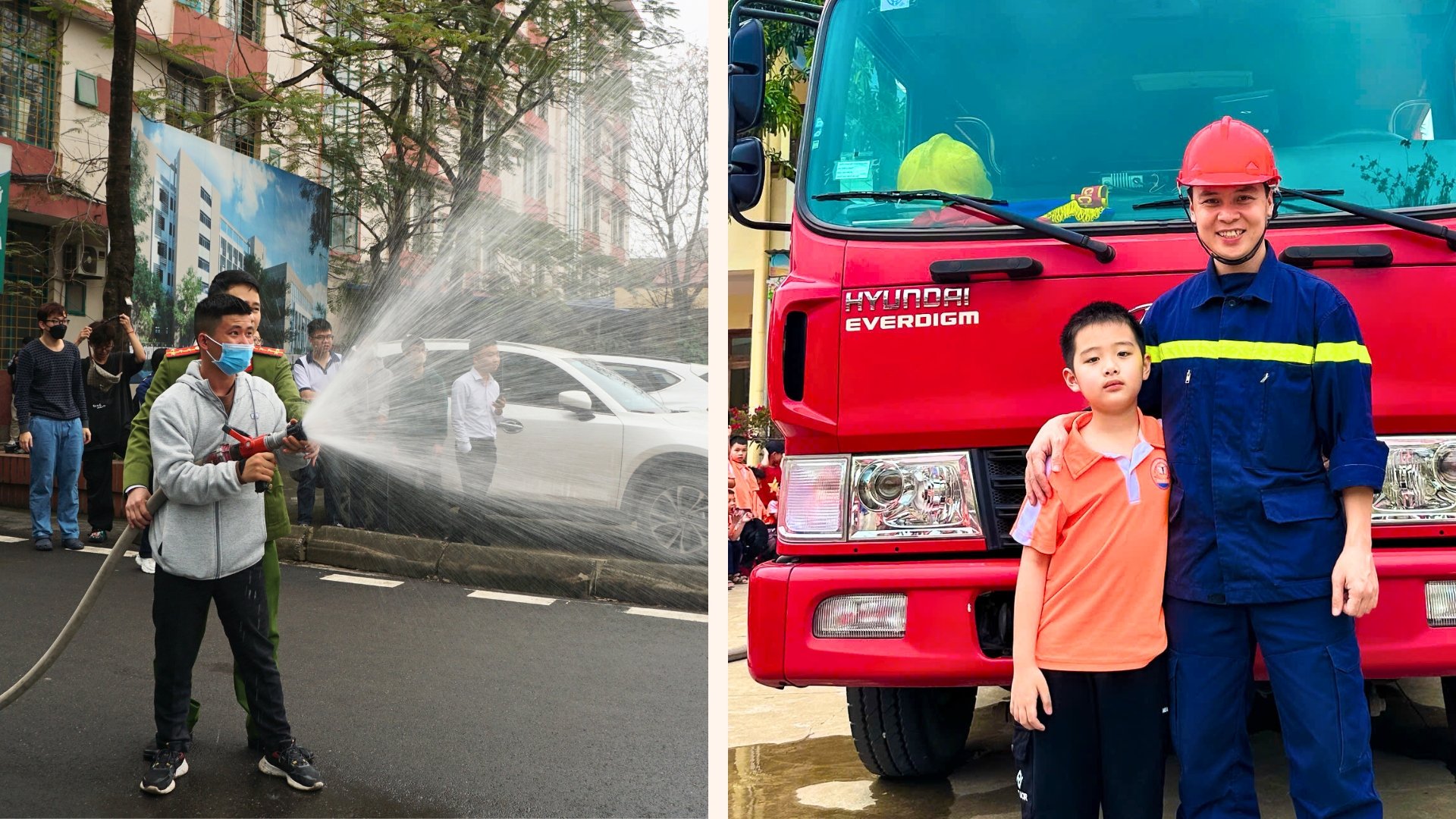 |
In addition, some schools have proposed integrating escape skills into extracurricular lessons, and encouraged the establishment of emergency response teams consisting of students, teachers, and parents. In addition, schools also recommended early installation of fire alarm systems and fire extinguishers in classrooms, cafeterias, and libraries.
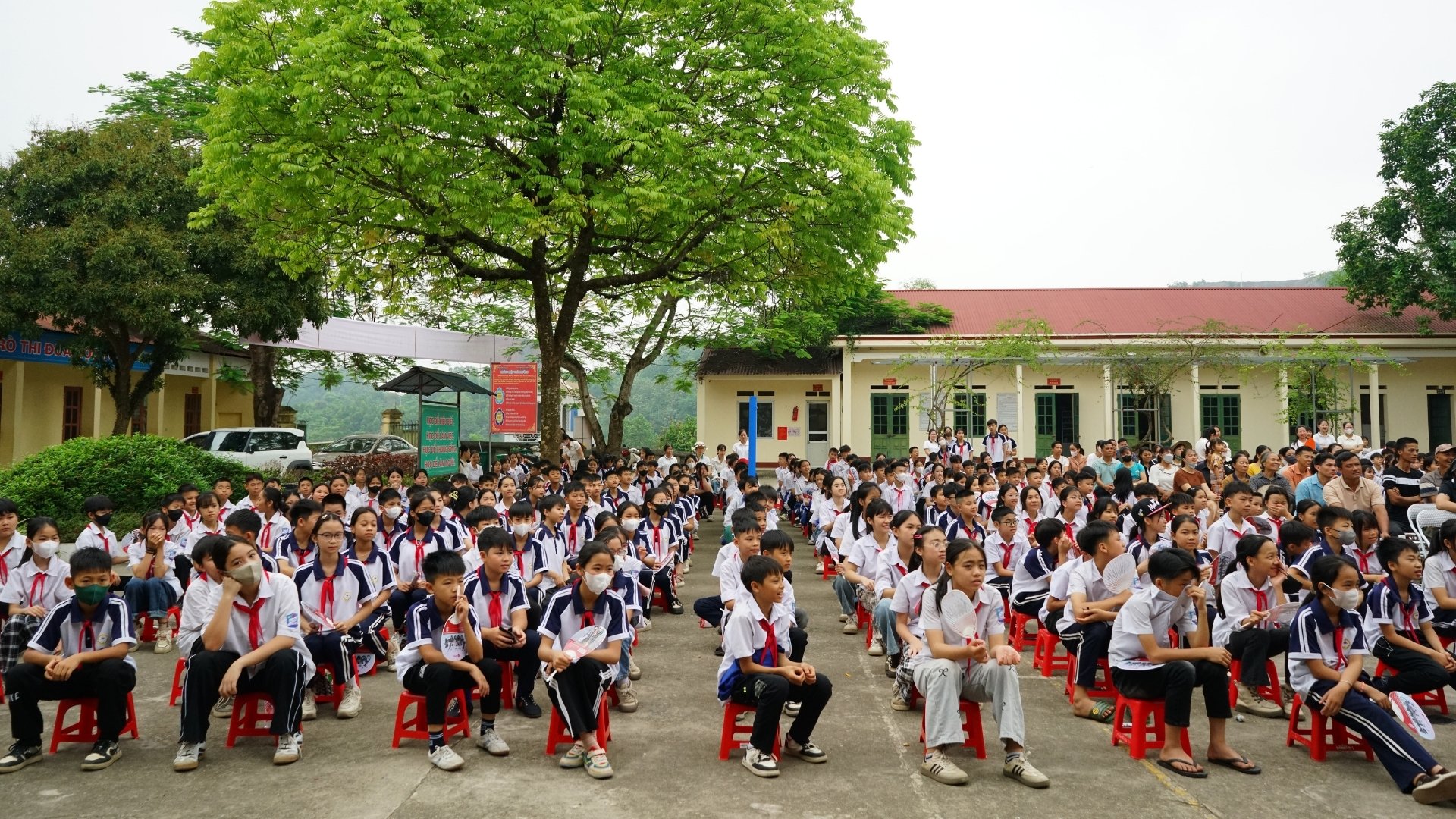 |
Each propaganda and experience and practice session ends in a joyful atmosphere. And more importantly, these practical experiences will help students remember for a long time and can be applied in practice at any time. As shared by Nguyen Thi Van, a student of class 12A3, Tuc Tranh High School: "Next time if there is a real fire, I know what to do. I will not be afraid anymore".
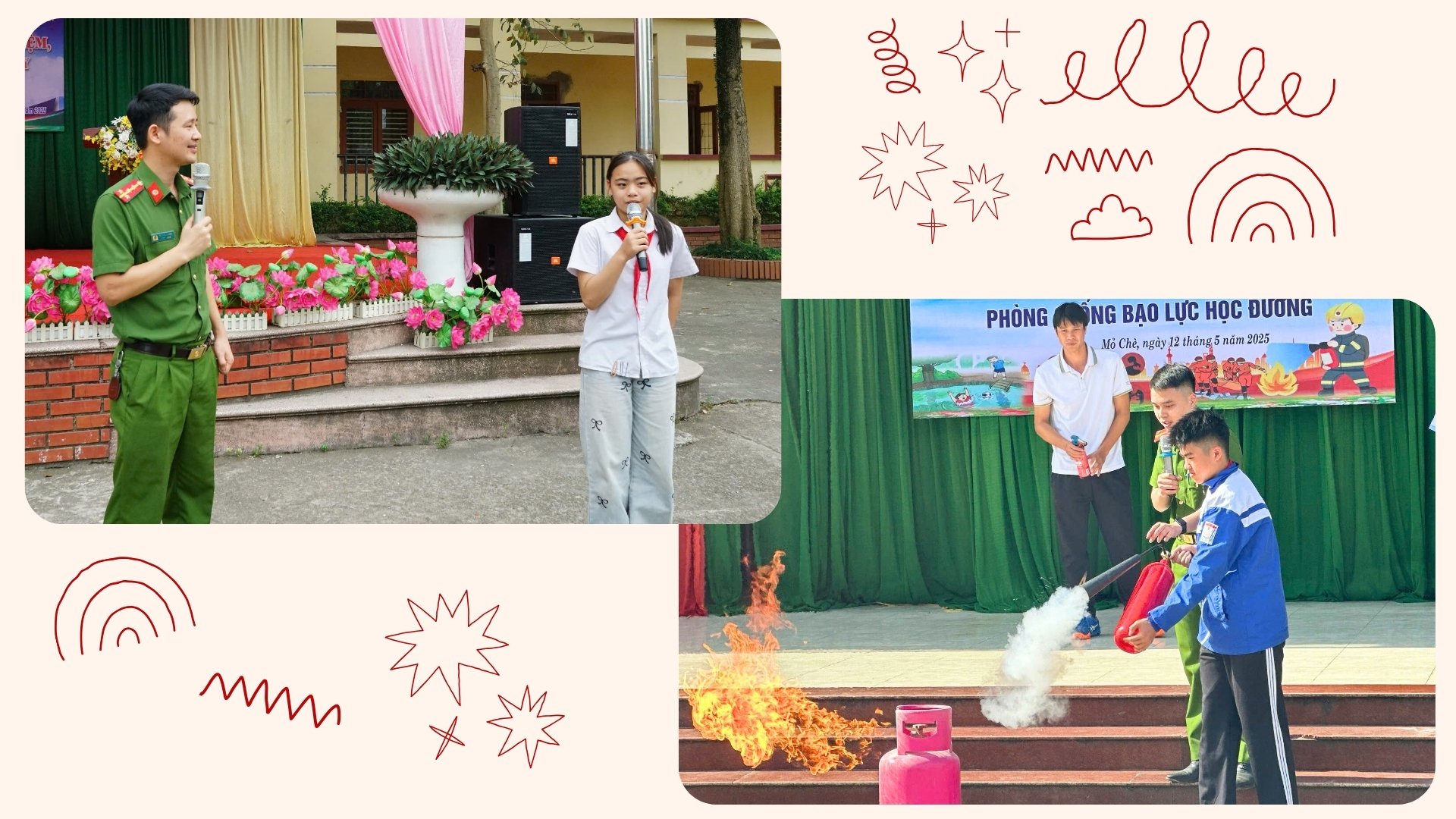 |
That is also the biggest goal of this program, to help each student become a person capable of protecting themselves and supporting others in danger. Because, learning skills is not only for exams, but also for... living.
 |
 |
Source: https://baothainguyen.vn/multimedia/emagazine/202506/hoc-de-thoat-nan-hanh-dong-de-an-toan-14718db/



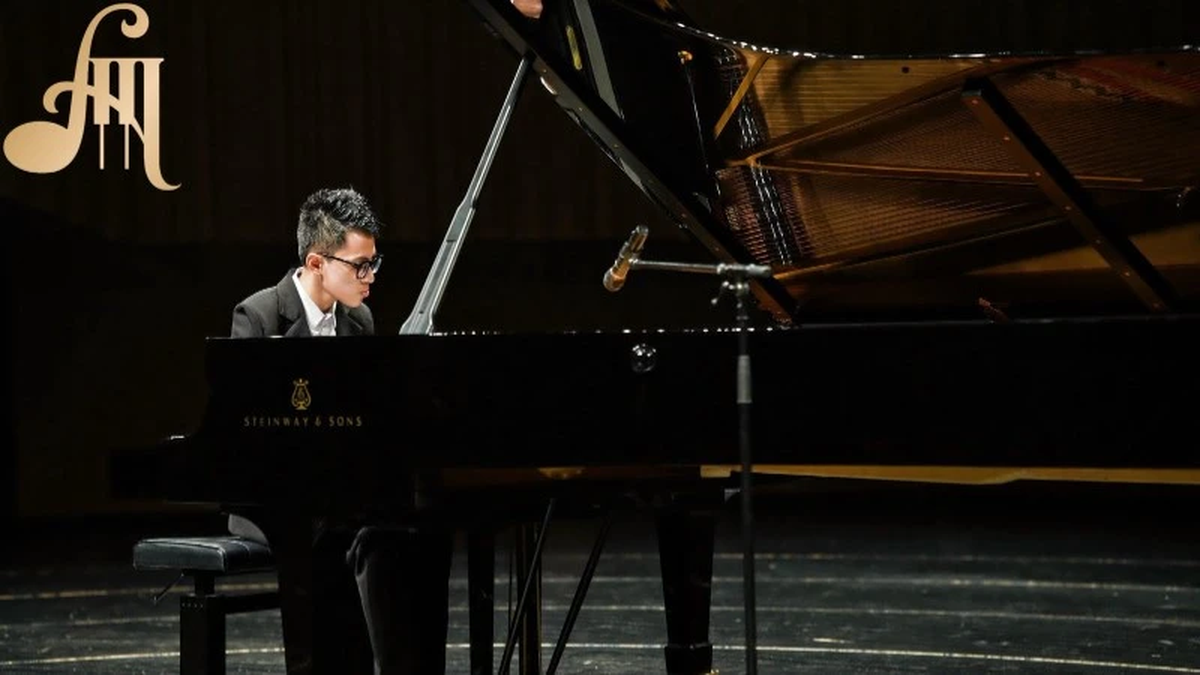
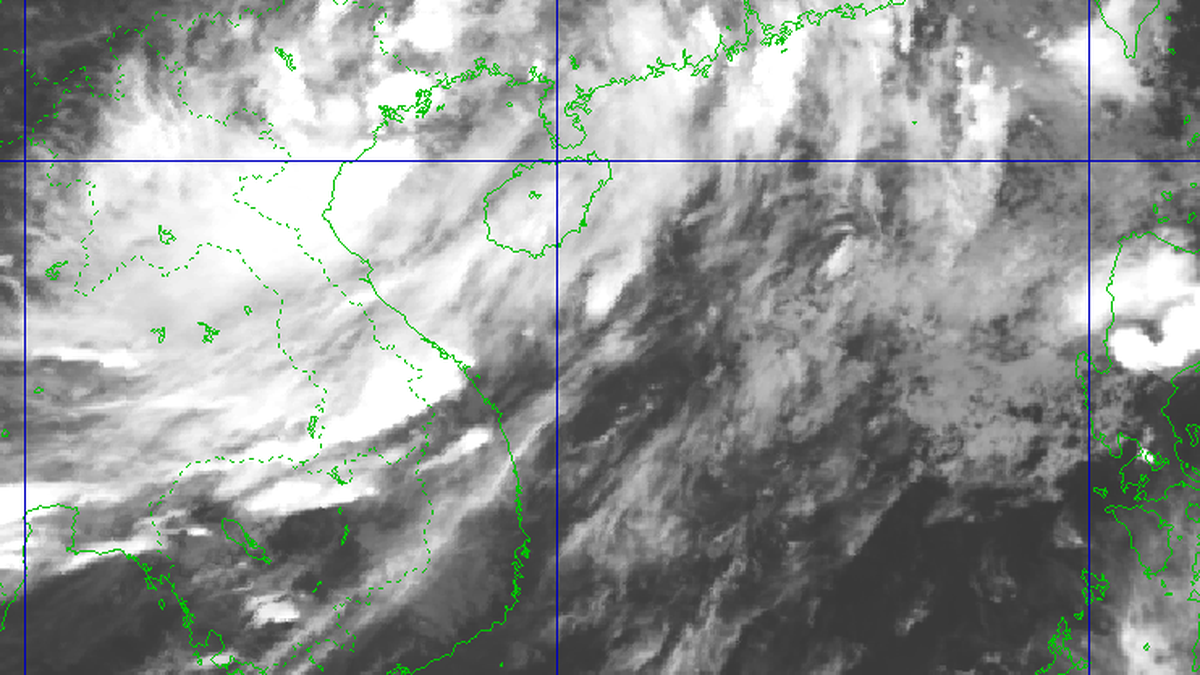

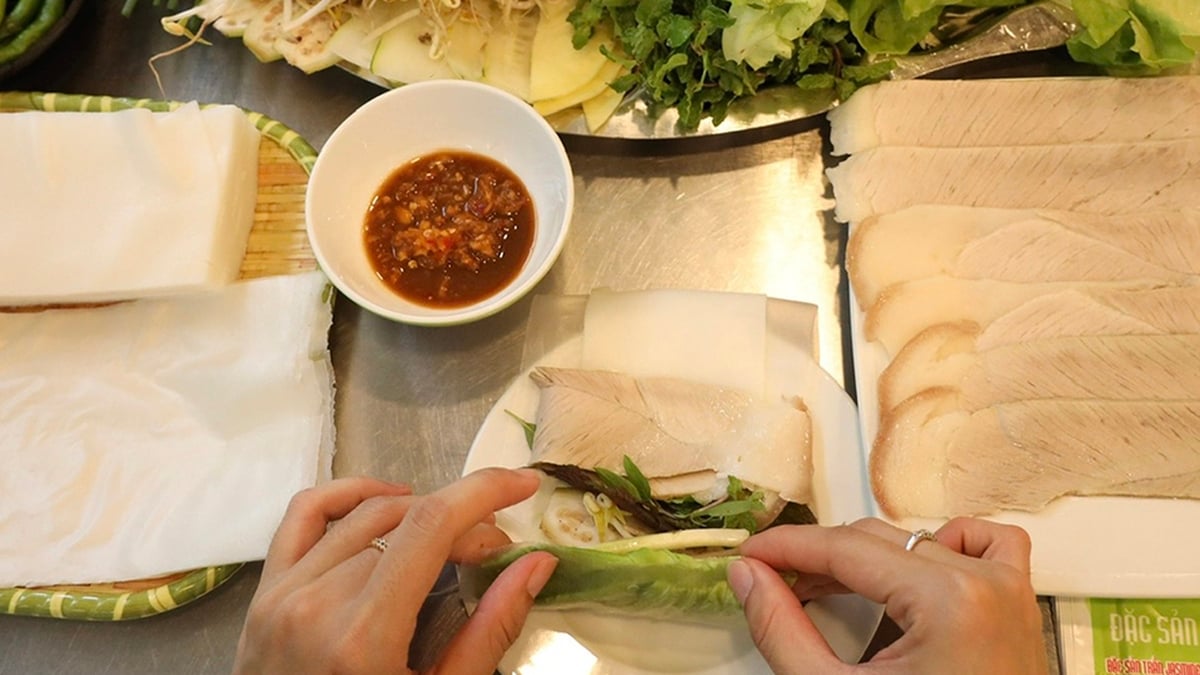

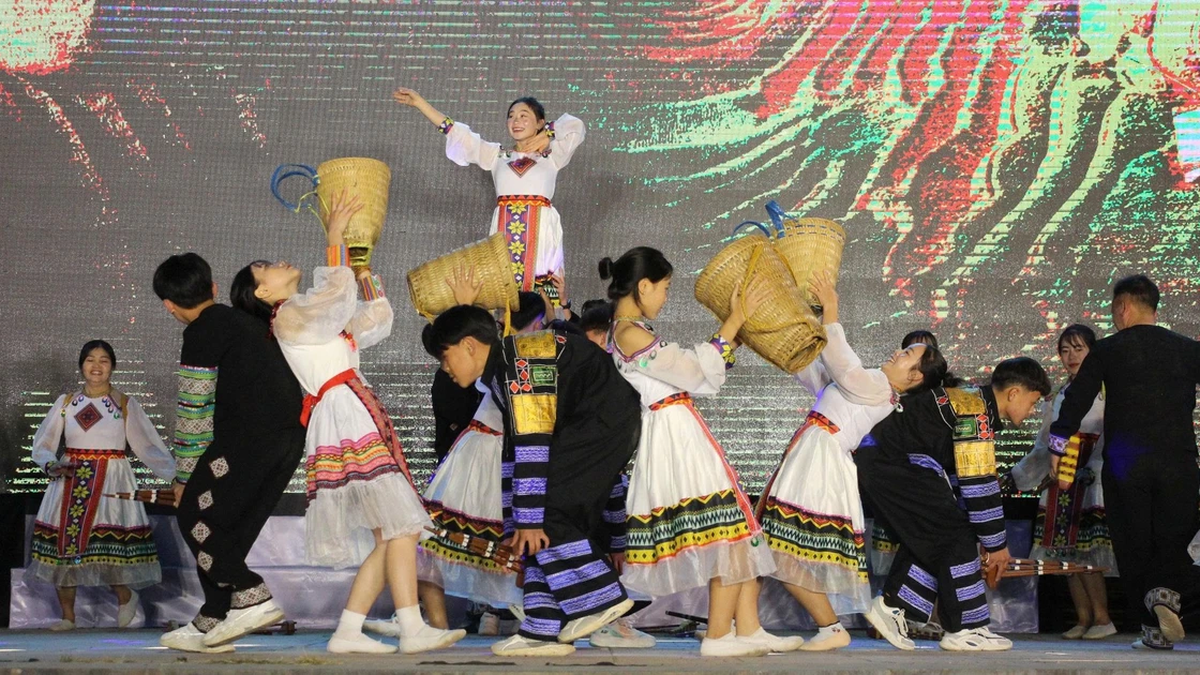




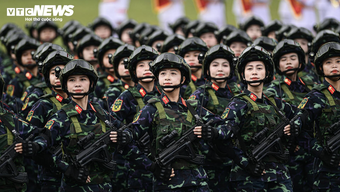











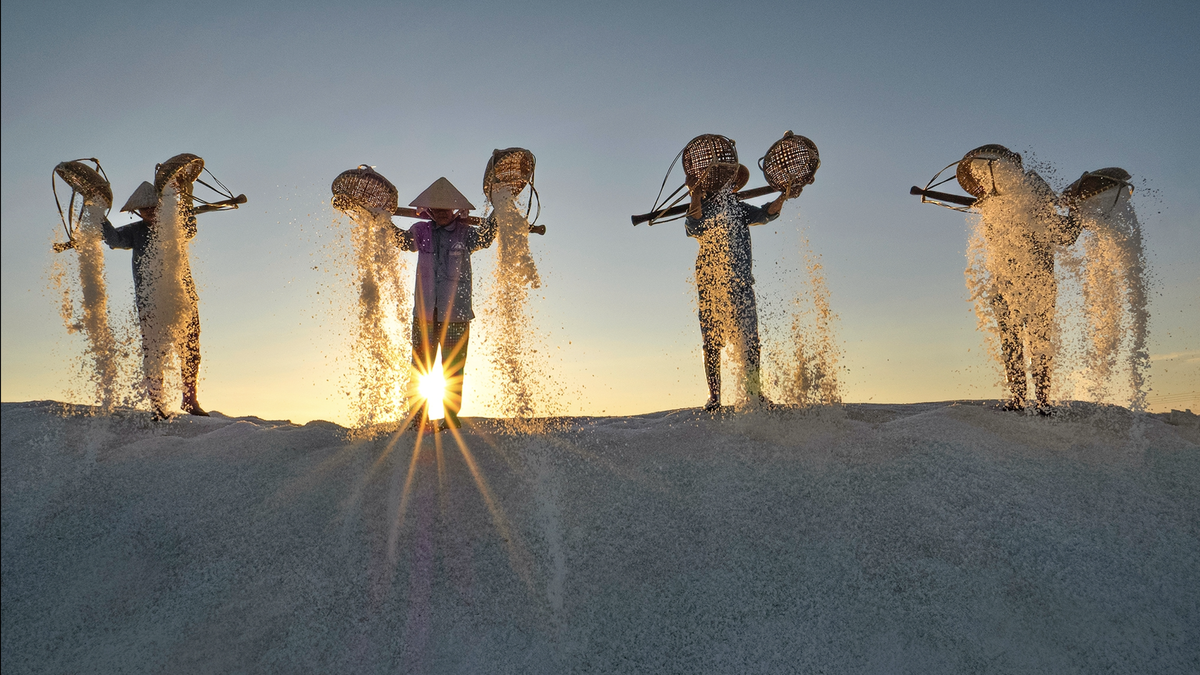

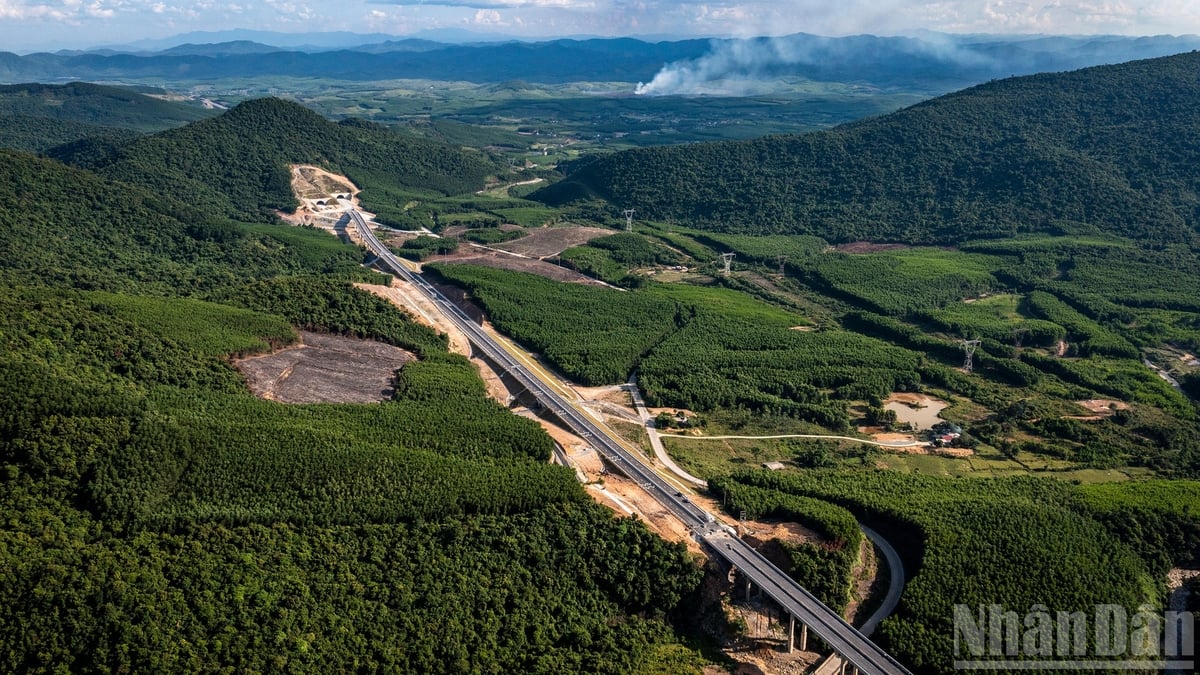
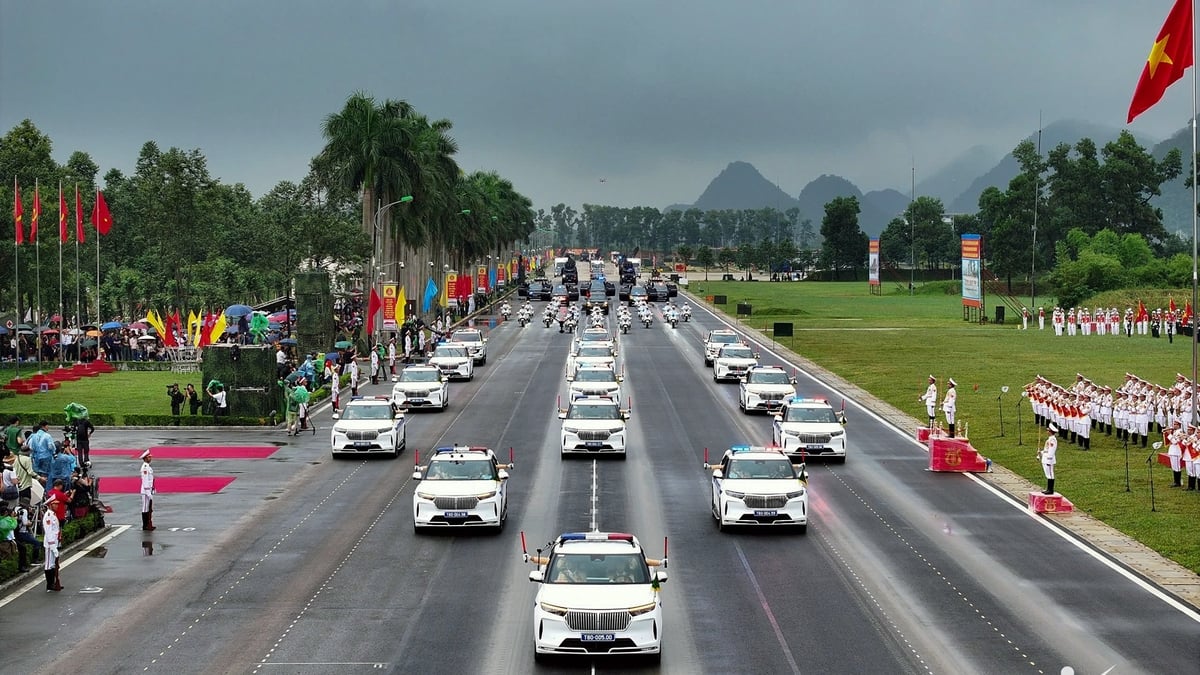
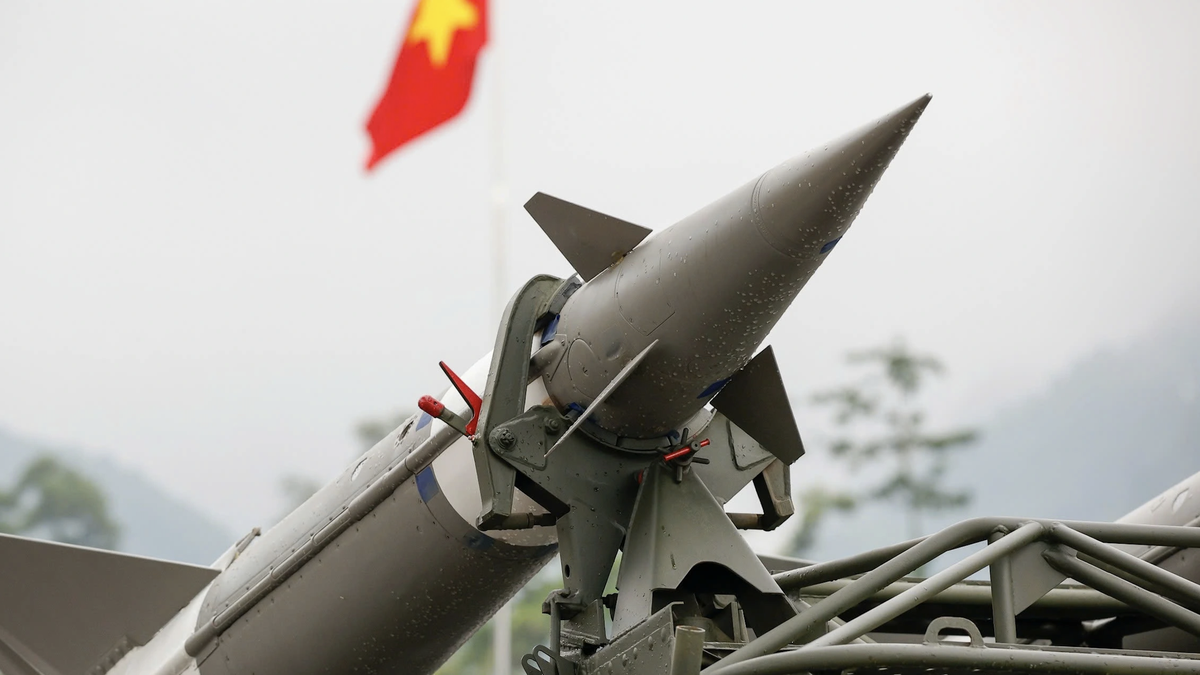











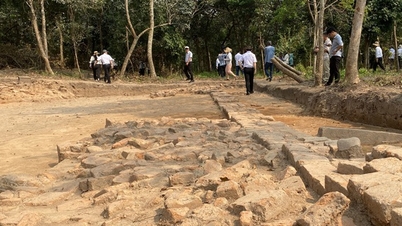



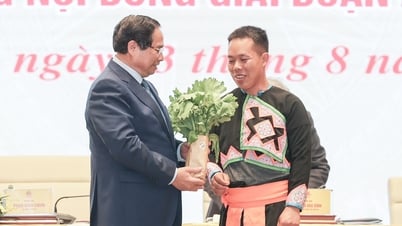

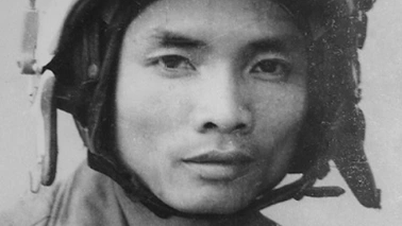



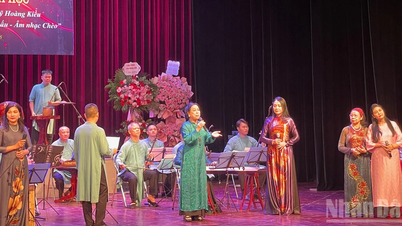







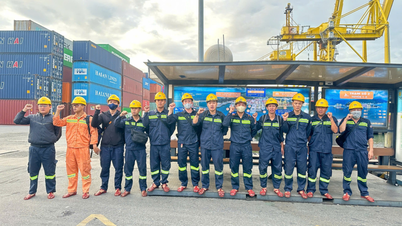
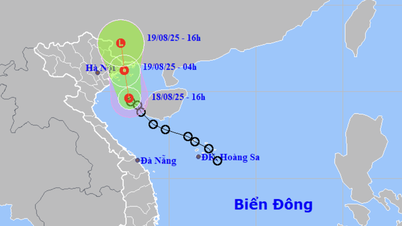

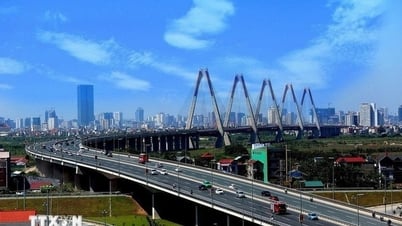

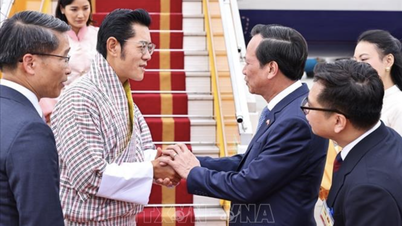






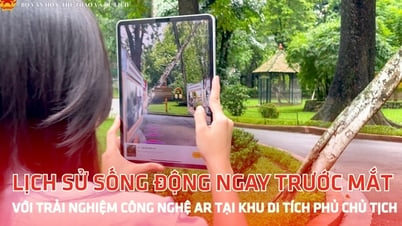





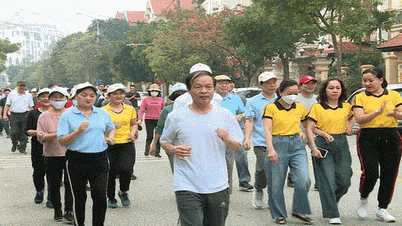







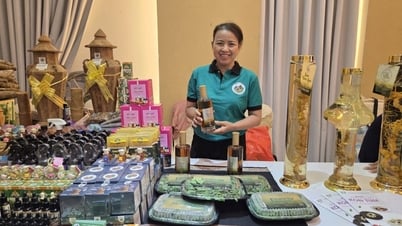









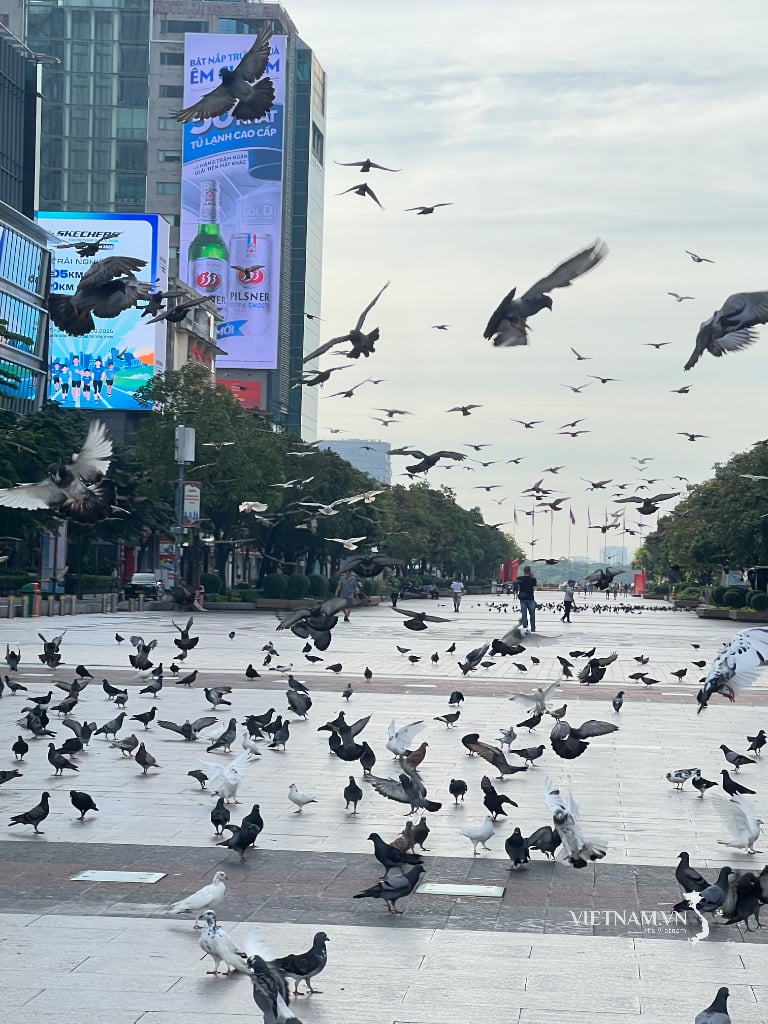



Comment (0)